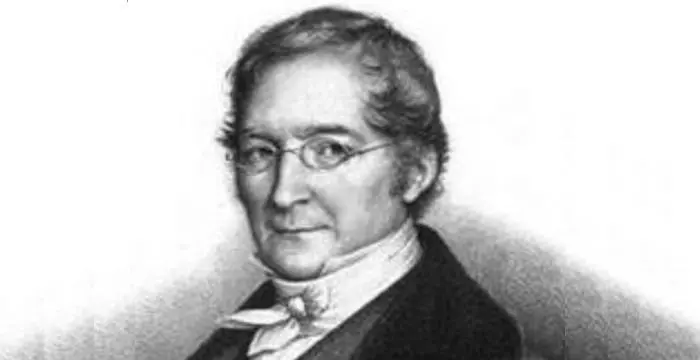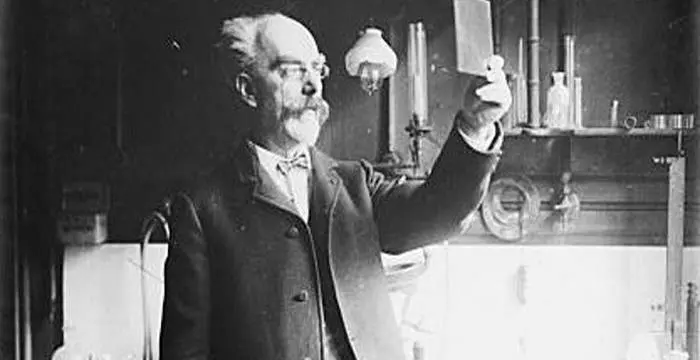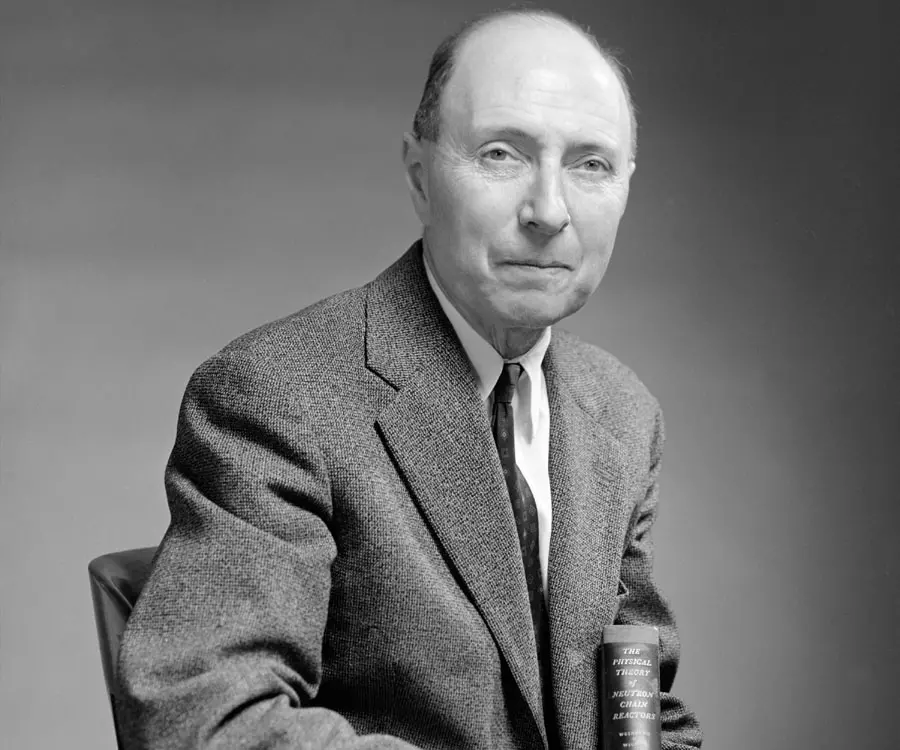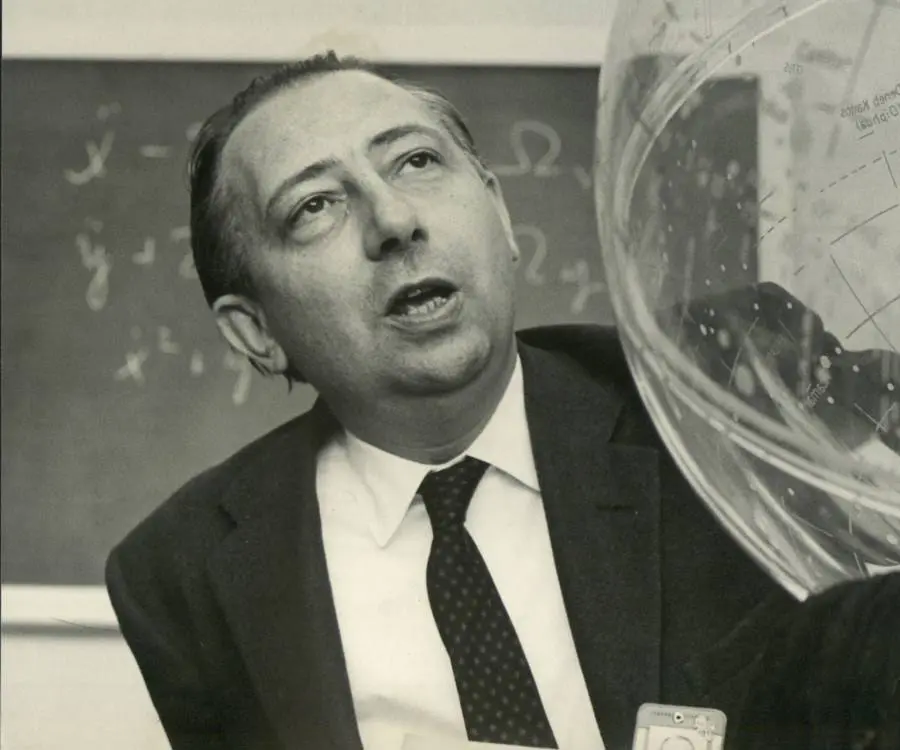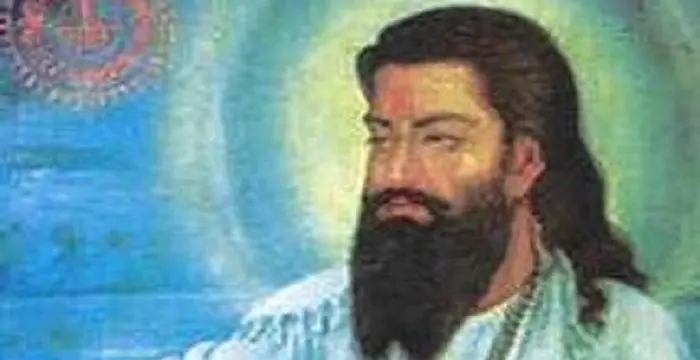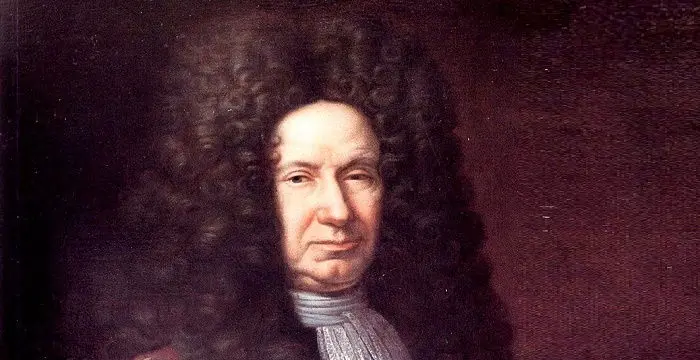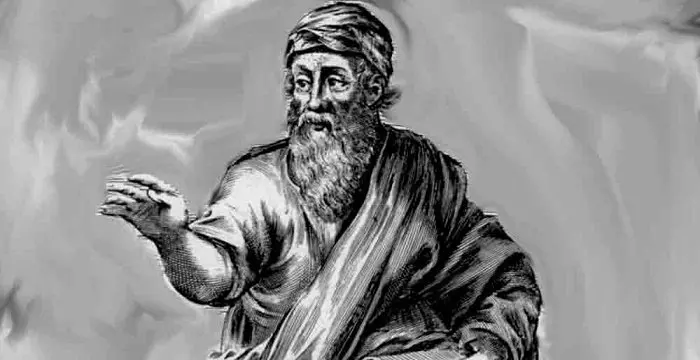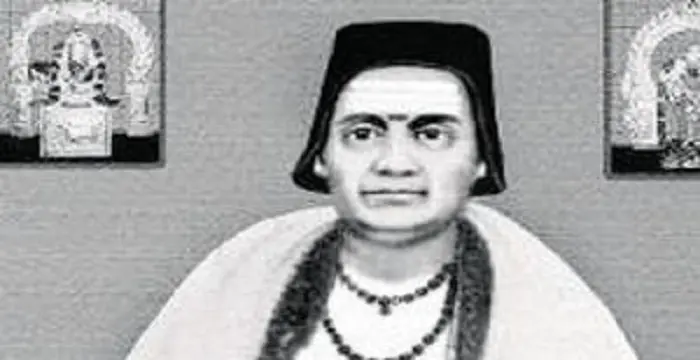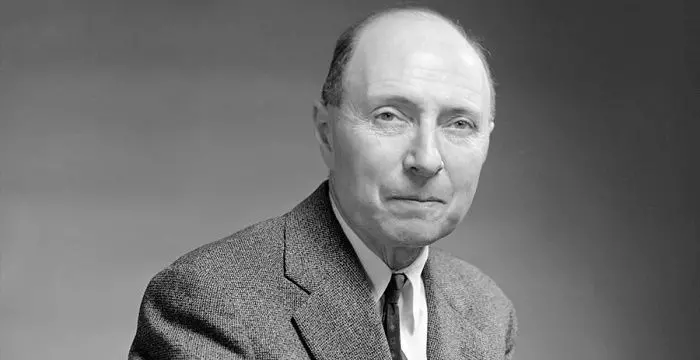
Eugene Wigner - Physicists, Family and Family
Eugene Wigner's Personal Details
Eugene Paul "E
| Information | Detail |
|---|---|
| Birthday | November 17, 1902 |
| Died on | January 1, 1995 |
| Nationality | American |
| Famous | Scientists, Mathematicians, Physicists, Mathematicians, Physicists |
| Spouses | 2010), Amelia Frank (1936–1937; her death), Eileen Clare-Patton Hamilton (1 child), Mary Annette Wheeler (1941–1977; her death; 2 children) |
| Siblings | Margit Wigner |
| Known as | E. P. Wigner, Eugene Paul Wigner, Eugene P. Wigner, Eugene Paul |
| Universities |
|
| Birth Place | Budapest, Hungary |
| Religion | Judaism, Lutheranism |
| Gender | Male |
| Sun Sign | Scorpio |
| Born in | Budapest, Hungary |
| Famous as | Physicist & Mathematician |
| Died at Age | 92 |
// Famous Physicists
Walter Kohn
Nobel Laureate Walter Kohn was an Austrian-born American theoretical chemist and physicist. Check out this biography to know about his childhood, life, achievements, works & timeline.
Amedeo Avogadro
Amedeo Avogadro was an Italian scientist who formulated what is now known as Avogadro's law. This biography of Amedeo Avogadro provides detailed information about his childhood, life, achievements, works & timeline.
Gabriel Lippmann
Gabriel Lippmann was a French physicist and inventor. He was awarded the Nobel Prize in Physics in 1908. This biography of Lippmann provides detailed information about his childhood, life, research, achievements and timeline.
Eugene Wigner's photo
Who is Eugene Wigner?
Eugene Paul "E. P." Wigner was a Hungarian American theoretical physicist and mathematician and a joint winner of the Nobel Prize for his contribution to nuclear physics. From the beginning of his career, Wigner had made many significant cross-disciplinary discoveries. He established the importance of symmetry principles in quantum mechanics and was one of the first scientists to apply quantum mechanics to the theory of solids and chemical kinetics. He also led the endeavour to design the first high-powered reactors to be used in World War II. He was responsible for the full development of the R-matrix theory for nuclear reactions. More than forty doctoral students studied theoretical physics under his supervision at the Princeton University. As a statesman, he lobbied for civil defense. Later in life, he became inclined towards the philosophy of science. Wigner held memberships in different associations like the American Philosophical Society, the American Mathematical Society, the American Association of Physics Teachers, the Royal Netherlands Academy of Sciences and Letters, and the Austrian Academy of Sciences. He was also a corresponding member of the Gesellschaft der Wissenschaften, Gottingen, and foreign member of the Royal Society of Great Britain. In his final years, he remained active in fostering cultural and scientific ties between Hungarians and the world.
// Famous Mathematicians
Brahmagupta
Brahmagupta was a highly accomplished ancient Indian astronomer and mathematician. This biography of Brahmagupta provides detailed information about his childhood, life, achievements, works & timeline.
Giovanni Domenico Cassini
Giovanni Cassini was a 17th century Italian mathematician, astronomer and astrologer. This biography of Giovanni Cassini provides detailed information about his childhood, life, achievements, works & timeline.
Pythagoras
Pythagoras of Samos was a Greek mathematician and philosopher. Read on to learn more about Pythagoras’s profile, childhood, life and timeline.
Childhood & Early Life
Wigner was born on 17 November 1902 in an upper-middle-class family in Budapest, Hungary. His father, Antal Wigner, was manager at a leather tanning factory and his mother, Erzsébet was a devoted housewife. He had two other siblings.
He received education at home and was enrolled in school in the third grade when he was nine.
At the age of 11, he was mistakenly diagnosed with tuberculosis and was sent to live for six weeks in a sanatorium in Austria.
From 1915 through 1919, he studied at the secondary grammar school called Fasori Evangélikus Gimnázium.
Eugene’s peaceful childhood in Budapest was interrupted by World War I, and his family was forced to flee to Austria when Hungary was under communist rule for most of 1919.
In 1920, he enrolled at Műegyetem or the Budapest University of Technical Sciences but the next year got enrolled at Technische Hochschule in Berlin (where he studied chemical engineering).
In 1925 he obtained the degree of Dr. Ing. from the Technische Hochschule in Berlin under the supervision of Michael Polanyi.
Career
In 1926 he accepted an offer from Karl Weissenberg at the Kaiser Wilhelm Institute in Berlin to work on x-ray crystallography. After assisting Weissenberg for six months, he worked for Richard Becker for two semesters.
In 1927 Wigner joined the mathematician David Hilbert as an assistant at the University of Göttingen. This was an important time for him and he produced the paper, ‘On the conservation laws of quantum mechanics’ which introduced the new concept of parity.
In 1930 Princeton University engaged Wigner for a one-year lectureship.
In 1931 he published ‘Group Theory and Its Application to the Quantum Mechanics of Atomic Spectra’.
From 1930 to 1933 Wigner spent half of the year at Princeton, half at Berlin lecturing at the Technische Hochschule.
After the Nazis rose to power, his term at Berlin ended and from 1936 to 1938, he served as a lecturer at Princeton.
He was appointed to Thomas D Jones Chair of Mathematical Physics at Princeton in 1938.
From 1942 to 1945, he worked on the Manhattan Project at the University of Chicago. He led a team that designed nuclear reactors that would convert uranium into plutonium.
In 1946, he became the Co-director of Research and Development at the Clinton Laboratory in Oak Ridge, Tennessee.
After the end of World War II, he served on several government bodies, such as the National Bureau of Standards (1947–1951), the mathematics panel of the National Research Council (1951– 1954), and the General Advisory Committee of the Atomic Energy Commission (1952–1957; 1959–1964).
During his last years, Wigner's thoughts turned philosophical and in 1960, he published an article on the philosophy of mathematics and physics, ‘The Unreasonable Effectiveness of Mathematics in the Natural Sciences’.
Major Works
His most important work was his formulation of the law of the conservation of parity, an integral part of quantum mechanics. It states that it is not possible to differentiate left from right in fundamental physical interactions.
While working on the Manhattan Project, he discovered the swelling of the graphite moderator by neuron radiation; a phenomenon now termed as ‘Wigner effect’.
Awards & Achievements
In 1963, Eugene Wigner was awarded the Nobel Prize for Physics along with J. Hans D. Jensen of West Germany and Maria Goeppert Mayer of the United States.
His other notable awards include the Franklin Medal (1950) presented by the Franklin Institute, Philadelphia; the National Medal of Science (1969) presented by the President of the US; the Albert Einstein Award (1972) administered by the Institute for Advanced Study and the Wigner Medal (1978) by The Group Theory and Fundamental Physics Foundation.
Personal Life & Legacy
Wigner met Amelia Frank, a physics student at the University of Wisconsin. They got married in 1936 but she died of cancer within a year.
In 1941, he married Mary Annete Wheeler and the couple had two children, David and Martha.
After the death of his second wife in 1977, Wigner married Eileen Clare-Patton (Pat) Hamilton, the widow of physicist Donald Ross Hamilton, in 1979. They had a daughter, Erika.
In 1992, at the age of 90, Wigner published his autobiography, ‘The Recollections of Eugene P. Wigner’.
He died of pneumonia at the University Medical Center in Princeton, New Jersey on 1 January 1995.
// Famous Physicists
Henry Cavendish
Henry Cavendish was a theoretical chemist and physicist, renowned for discovery of hydrogen and calculation of the mass of earth. To know more about his childhood, profile, timeline and career read on
Walter Kohn
Nobel Laureate Walter Kohn was an Austrian-born American theoretical chemist and physicist. Check out this biography to know about his childhood, life, achievements, works & timeline.
Nikola Tesla
Nikola Tesla was a Serbian-American inventor, best known for his development of alternating current electrical systems. This biography of Nikola Tesla provides detailed information about his childhood, life, achievements, works & timeline.
Eugene Wigner's awards
| Year | Name | Award |
|---|---|---|
Other | ||
| 0 | Medal for Merit (1946) Franklin Medal (1950) Enrico Fermi Award (1958) Atoms for Peace Award (1959) Max Planck Medal (1961) Nobel Prize in Physics (1963) National Medal of Science (1969) Albert Einstein Award (1972) Wigner Medal (1978) | |
Eugene Wigner biography timelines
- // 17th Nov 1902Wigner was born on 17 November 1902 in an upper-middle-class family in Budapest, Hungary. His father, Antal Wigner, was manager at a leather tanning factory and his mother, Erzsébet was a devoted housewife. He had two other siblings.
- // 1915 To 1919From 1915 through 1919, he studied at the secondary grammar school called Fasori Evangélikus Gimnázium.
- // 1919Eugene’s peaceful childhood in Budapest was interrupted by World War I, and his family was forced to flee to Austria when Hungary was under communist rule for most of 1919.
- // 1920In 1920, he enrolled at Műegyetem or the Budapest University of Technical Sciences but the next year got enrolled at Technische Hochschule in Berlin (where he studied chemical engineering).
- // 1925In 1925 he obtained the degree of Dr. Ing. from the Technische Hochschule in Berlin under the supervision of Michael Polanyi.
- // 1926In 1926 he accepted an offer from Karl Weissenberg at the Kaiser Wilhelm Institute in Berlin to work on x-ray crystallography. After assisting Weissenberg for six months, he worked for Richard Becker for two semesters.
- // 1927In 1927 Wigner joined the mathematician David Hilbert as an assistant at the University of Göttingen. This was an important time for him and he produced the paper, ‘On the conservation laws of quantum mechanics’ which introduced the new concept of parity.
- // 1930In 1930 Princeton University engaged Wigner for a one-year lectureship.
- // 1930 To 1933From 1930 to 1933 Wigner spent half of the year at Princeton, half at Berlin lecturing at the Technische Hochschule.
- // 1931In 1931 he published ‘Group Theory and Its Application to the Quantum Mechanics of Atomic Spectra’.
- // 1936 To 1938After the Nazis rose to power, his term at Berlin ended and from 1936 to 1938, he served as a lecturer at Princeton.
- // 1936Wigner met Amelia Frank, a physics student at the University of Wisconsin. They got married in 1936 but she died of cancer within a year.
- // 1938He was appointed to Thomas D Jones Chair of Mathematical Physics at Princeton in 1938.
- // 1941In 1941, he married Mary Annete Wheeler and the couple had two children, David and Martha.
- // 1942 To 1945From 1942 to 1945, he worked on the Manhattan Project at the University of Chicago. He led a team that designed nuclear reactors that would convert uranium into plutonium.
- // 1946In 1946, he became the Co-director of Research and Development at the Clinton Laboratory in Oak Ridge, Tennessee.
- // 1960During his last years, Wigner's thoughts turned philosophical and in 1960, he published an article on the philosophy of mathematics and physics, ‘The Unreasonable Effectiveness of Mathematics in the Natural Sciences’.
- // 1963In 1963, Eugene Wigner was awarded the Nobel Prize for Physics along with J. Hans D. Jensen of West Germany and Maria Goeppert Mayer of the United States.
- // 1977 To 1979After the death of his second wife in 1977, Wigner married Eileen Clare-Patton (Pat) Hamilton, the widow of physicist Donald Ross Hamilton, in 1979. They had a daughter, Erika.
- // 1992In 1992, at the age of 90, Wigner published his autobiography, ‘The Recollections of Eugene P. Wigner’.
- // 1st Jan 1995He died of pneumonia at the University Medical Center in Princeton, New Jersey on 1 January 1995.
// Famous Mathematicians
Grigori Perelman
Grigori Perelman is a Russian mathematician who is best known for his contributions to Riemannian geometry and geometric topology. Check out this biography to know about his childhood, family life, achievements and fun facts about him.
Terence Tao
Terence Tao is an Australian- American mathematician who has contributed enormously to the field of mathematics. Check out this biography to know about his childhood, family life and achievements.
Isaac Newton
Isaac Newton was an English scientist and mathematician, who discovered gravitation and Newtonian Mechanics. Read this biography to find more on his life.
Brahmagupta
Brahmagupta was a highly accomplished ancient Indian astronomer and mathematician. This biography of Brahmagupta provides detailed information about his childhood, life, achievements, works & timeline.
Giovanni Domenico Cassini
Giovanni Cassini was a 17th century Italian mathematician, astronomer and astrologer. This biography of Giovanni Cassini provides detailed information about his childhood, life, achievements, works & timeline.
Bhāskara II
Bhaskara II was a 12th century Indian mathematician. This biography of Bhaskara II provides detailed information about his childhood, life, achievements, works & timeline.
Eugene Wigner's FAQ
What is Eugene Wigner birthday?
Eugene Wigner was born at 1902-11-17
When was Eugene Wigner died?
Eugene Wigner was died at 1995-01-01
Where was Eugene Wigner died?
Eugene Wigner was died in Princeton, New Jersey, United States
Which age was Eugene Wigner died?
Eugene Wigner was died at age 92
Where is Eugene Wigner's birth place?
Eugene Wigner was born in Budapest, Hungary
What is Eugene Wigner nationalities?
Eugene Wigner's nationalities is American
Who is Eugene Wigner spouses?
Eugene Wigner's spouses is 2010), Amelia Frank (1936–1937; her death), Eileen Clare-Patton Hamilton (1 child), Mary Annette Wheeler (1941–1977; her death; 2 children)
Who is Eugene Wigner siblings?
Eugene Wigner's siblings is Margit Wigner
What was Eugene Wigner universities?
Eugene Wigner studied at Technical University of Berlin, Fasori Gimnázium
What is Eugene Wigner's religion?
Eugene Wigner's religion is Judaism, Lutheranism
What is Eugene Wigner's sun sign?
Eugene Wigner is Scorpio
How famous is Eugene Wigner?
Eugene Wigner is famouse as Physicist & Mathematician

